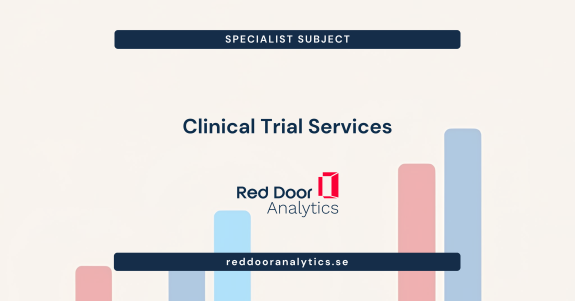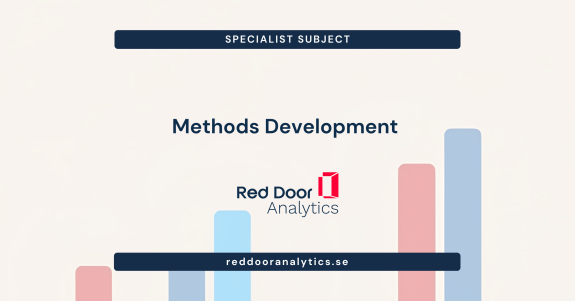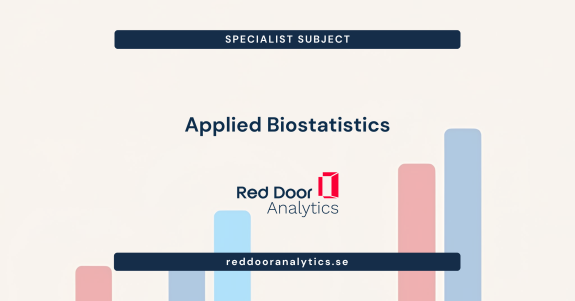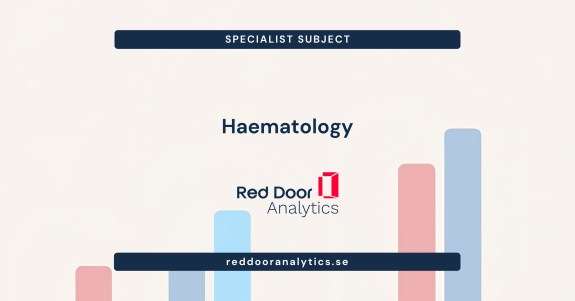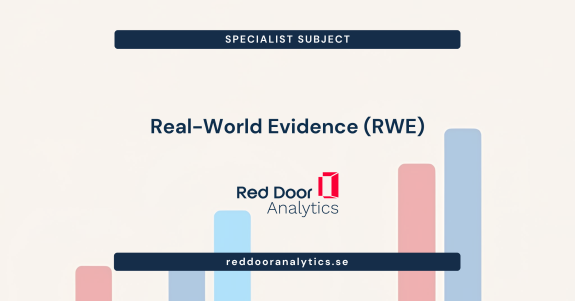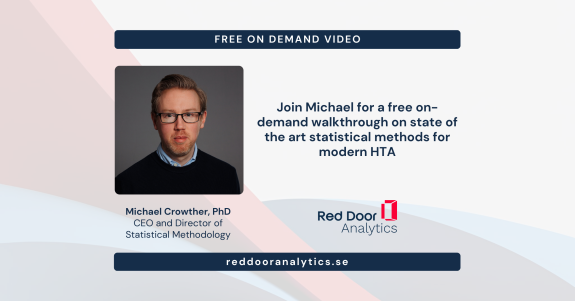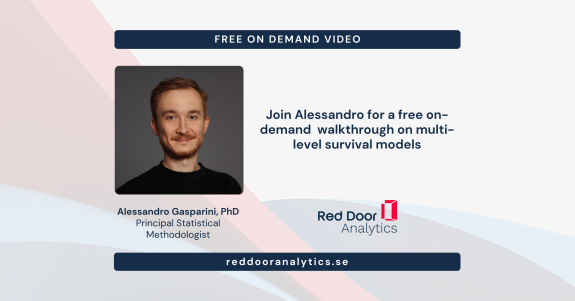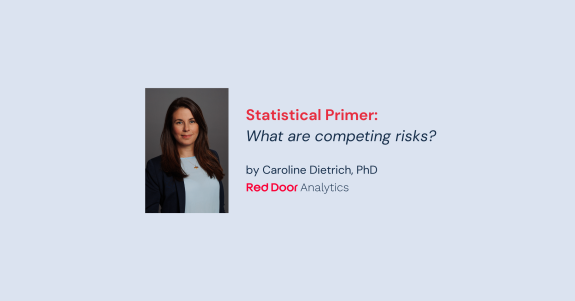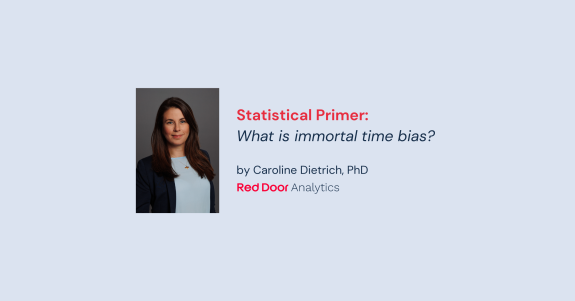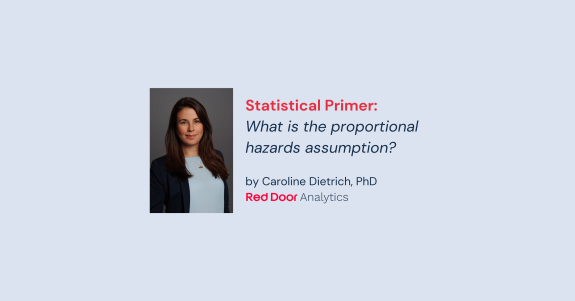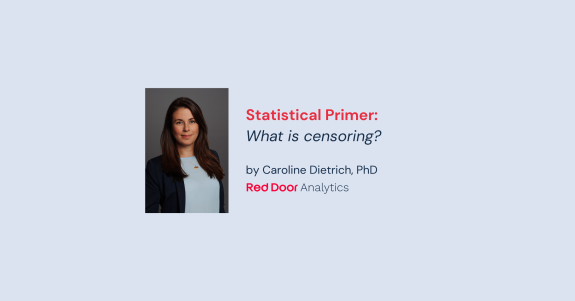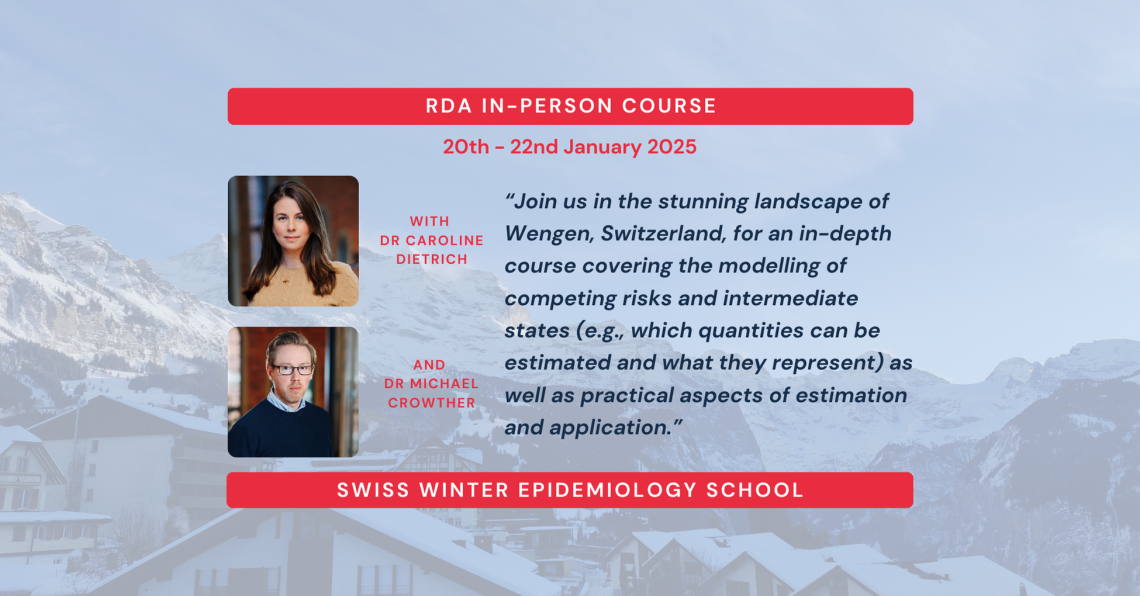
Course description
This course will focus on how to analyse and interpret data in the competing risk, and the more general, multi-state model setting. Competing risks models play an increasingly important role for predicting absolute risks of disease and prognosis using time to event data. An overarching goal of this course is to provide a solid introduction to important concepts in the presence of competing risks (e.g., which quantities can be estimated and what they represent) as well as practical aspects of estimation. Multi-state models provide an extension to the competing risks situation, enabling modelling of complex disease pathways. By modelling transitions between disease states, accounting for competing events at each transition, we can gain an improved understanding of a patient’s prognosis and how risk factors impact over the whole disease pathway. Throughout the course we will place emphasis on the use of flexible parametric survival models that incorporate restricted cubic splines on the log hazard or log cumulative hazard scale. This will include models with time-dependent effects (non-proportional hazards). We will focus on obtaining clinically useful and directly interpretable predictions, which are particularly useful for more complex models, but also describe the challenges and various approaches to calculating them. We will also discuss assumptions of the models, including the Markov assumption and how this can be relaxed. Real-world examples will be presented and discussed. The primary software for the course will be Stata, but full R solutions to all practical exercises will also be provided.
Registration
Please visit the School homepage to register your place.

